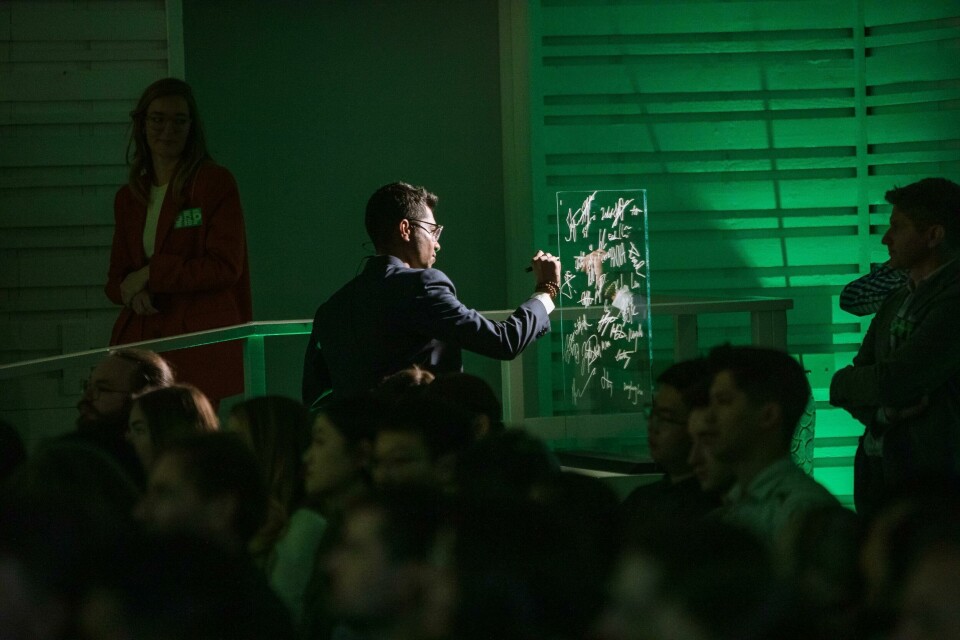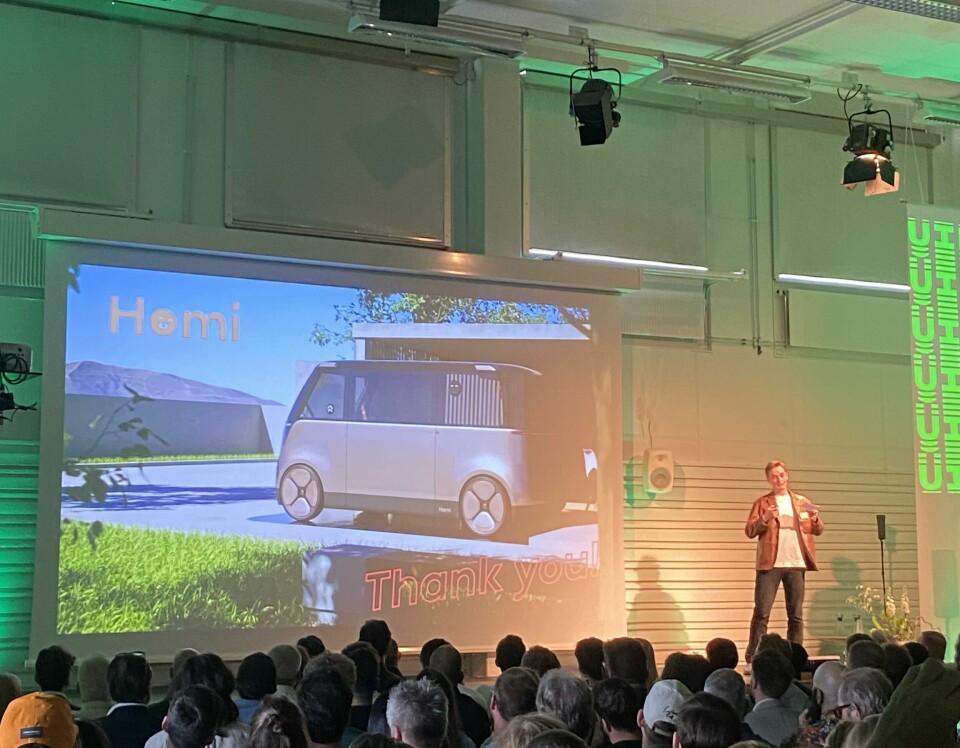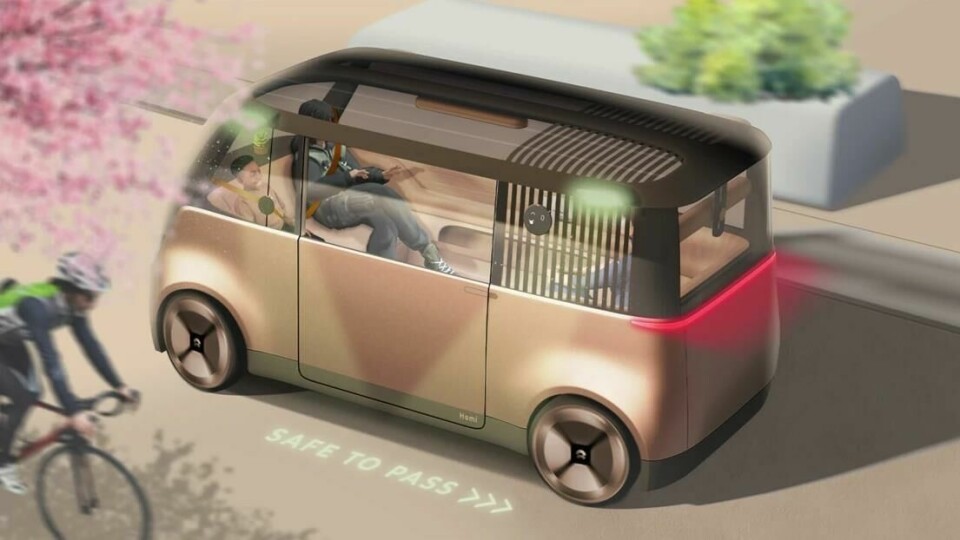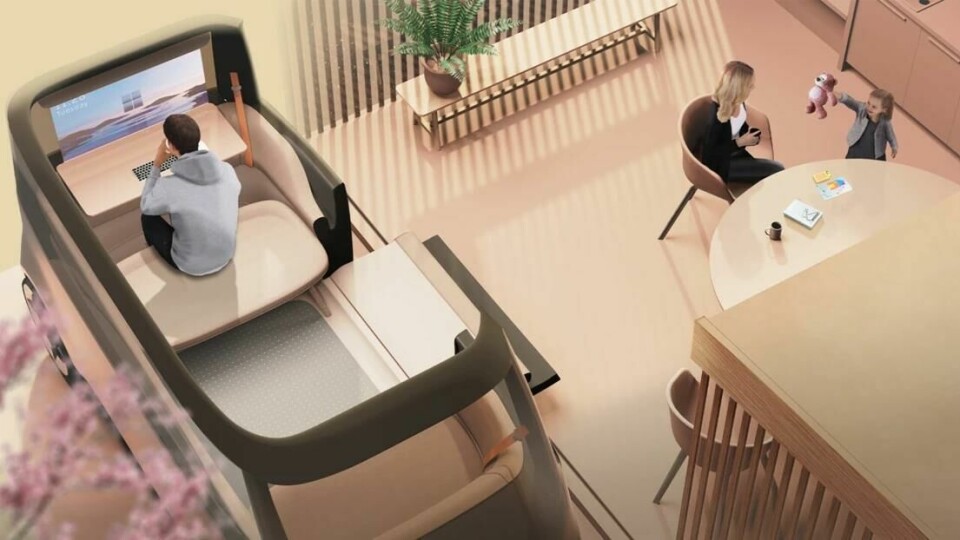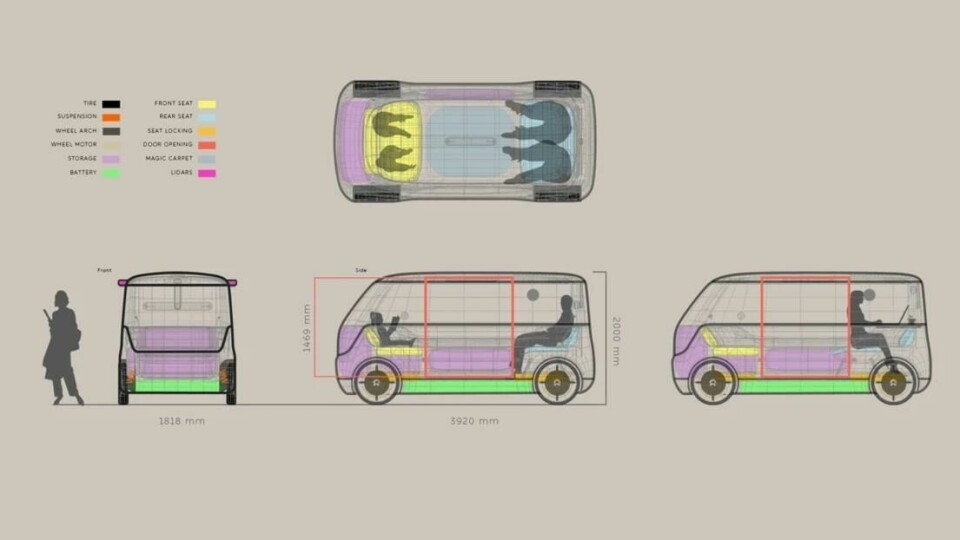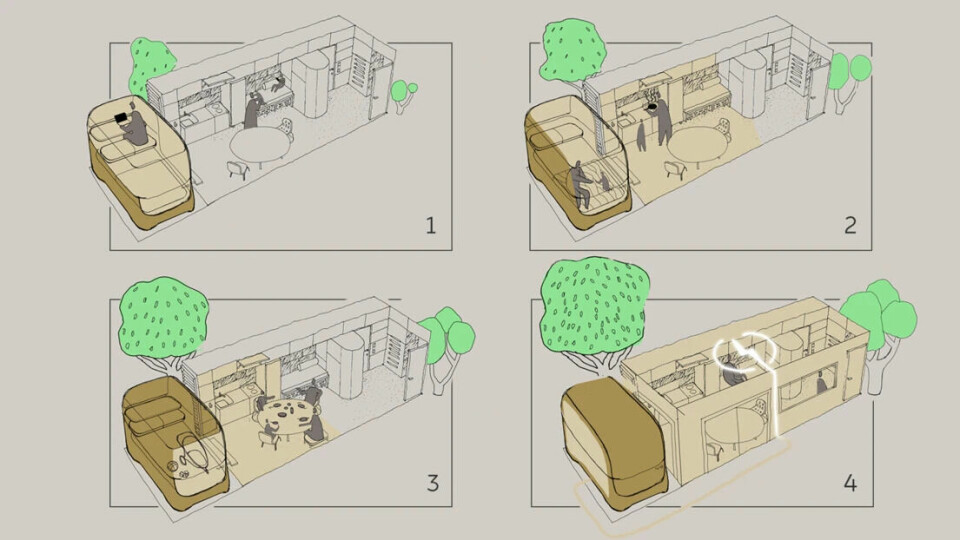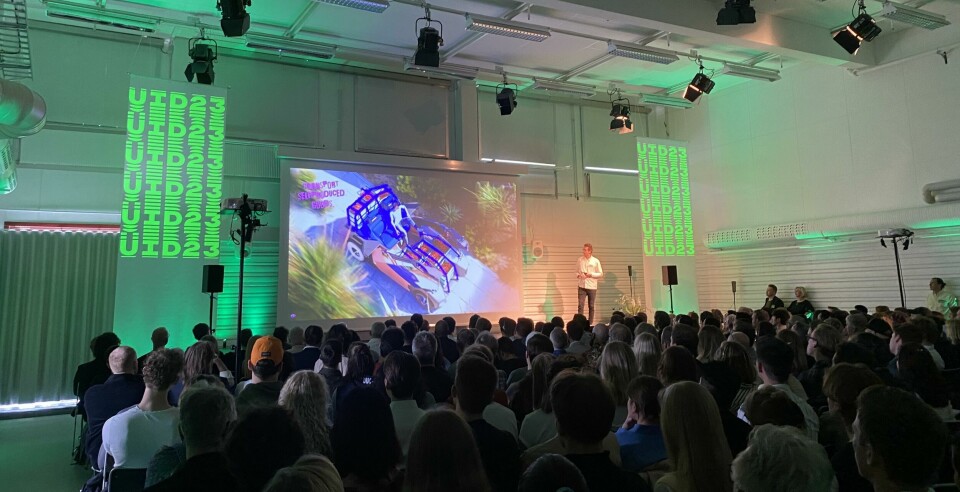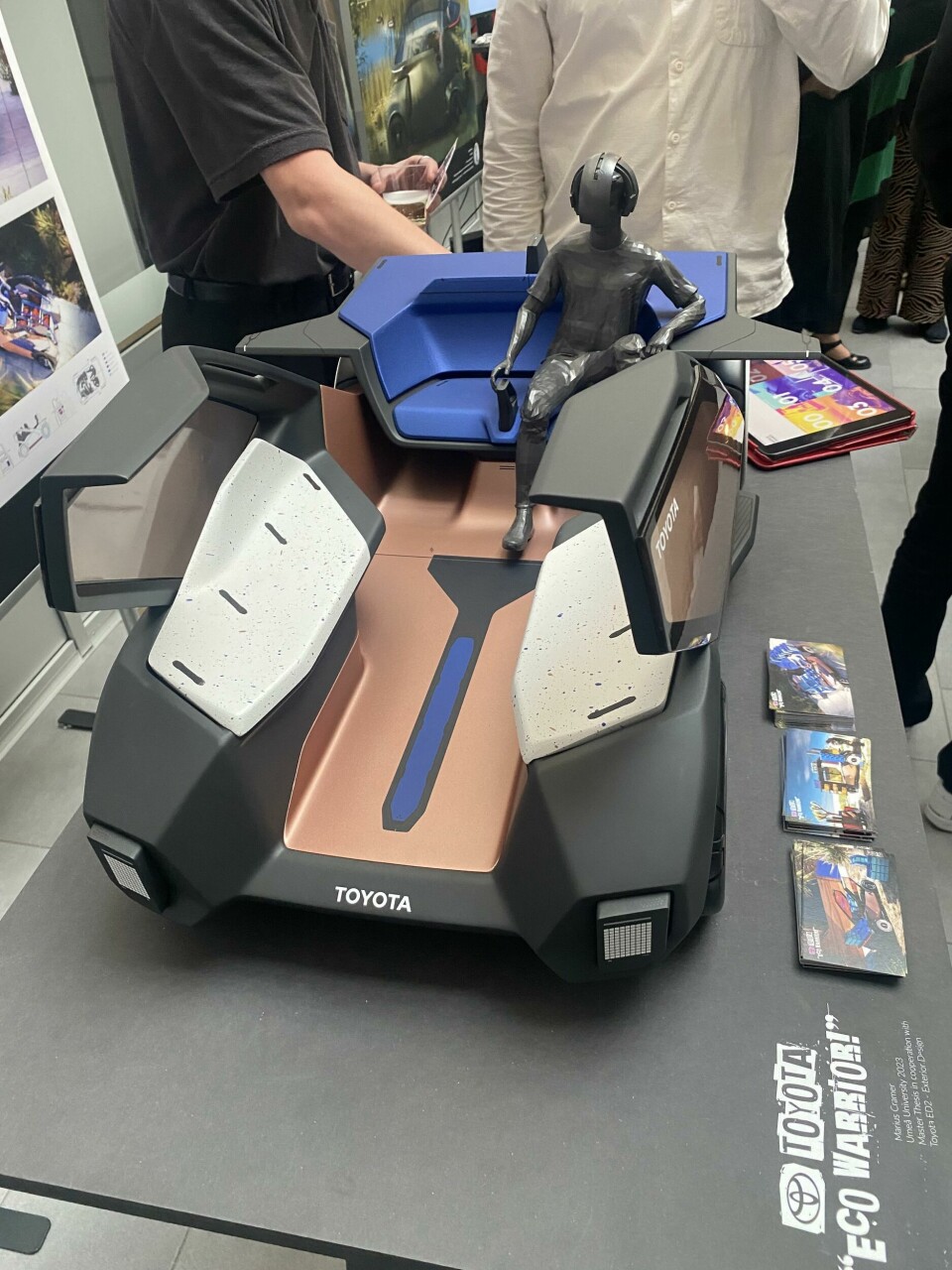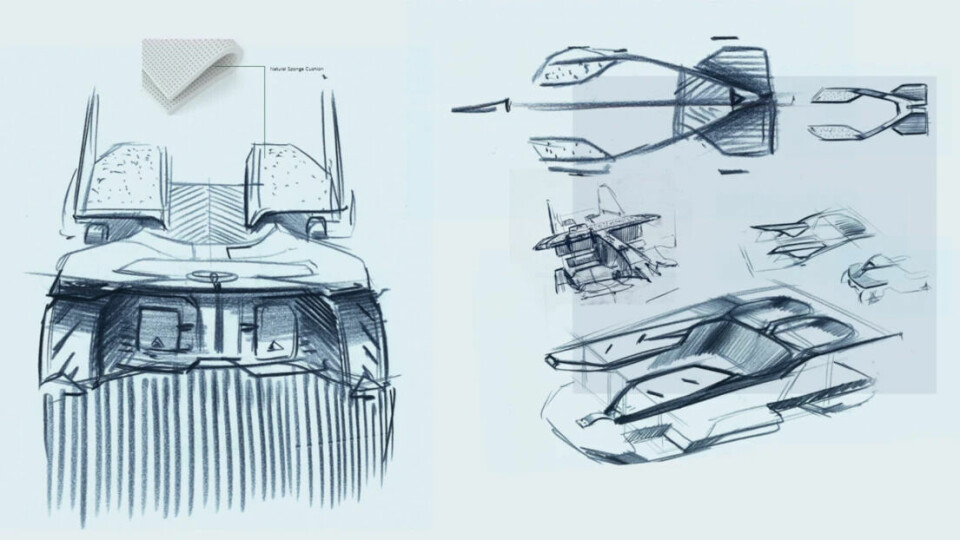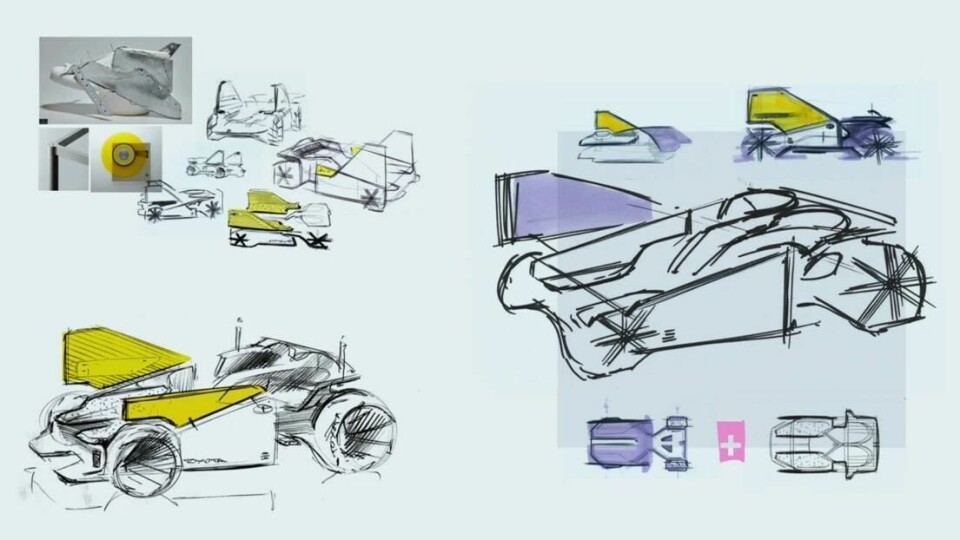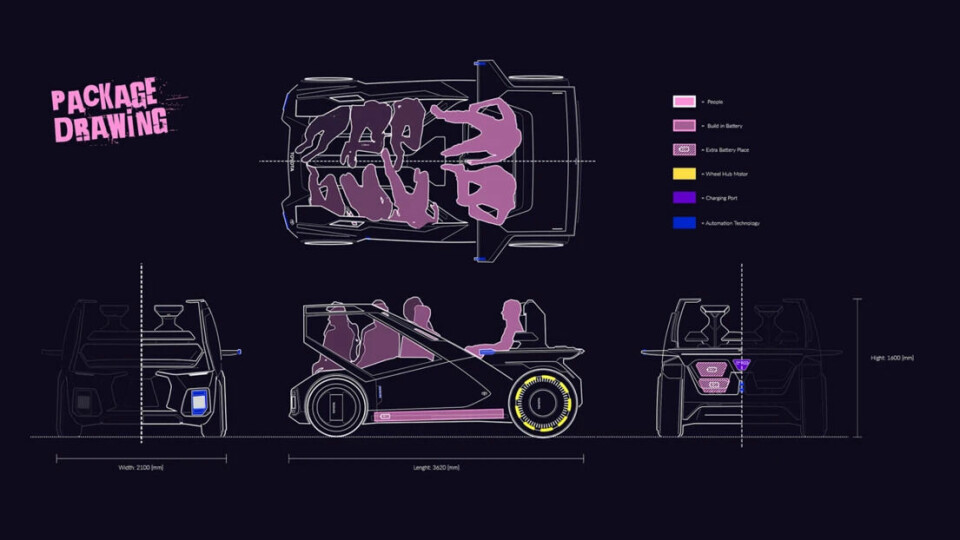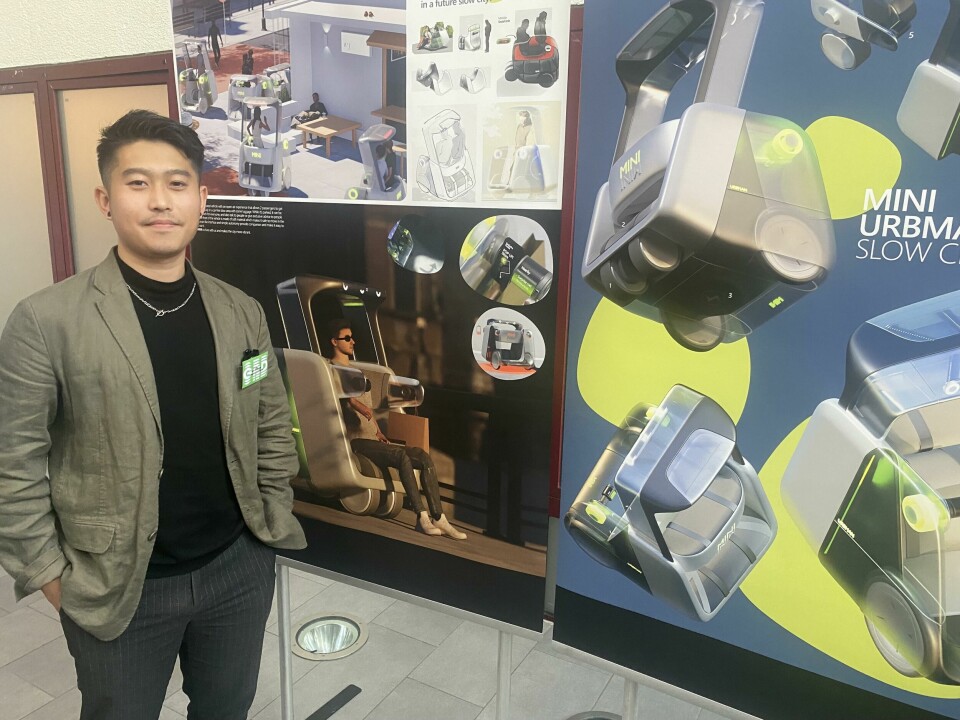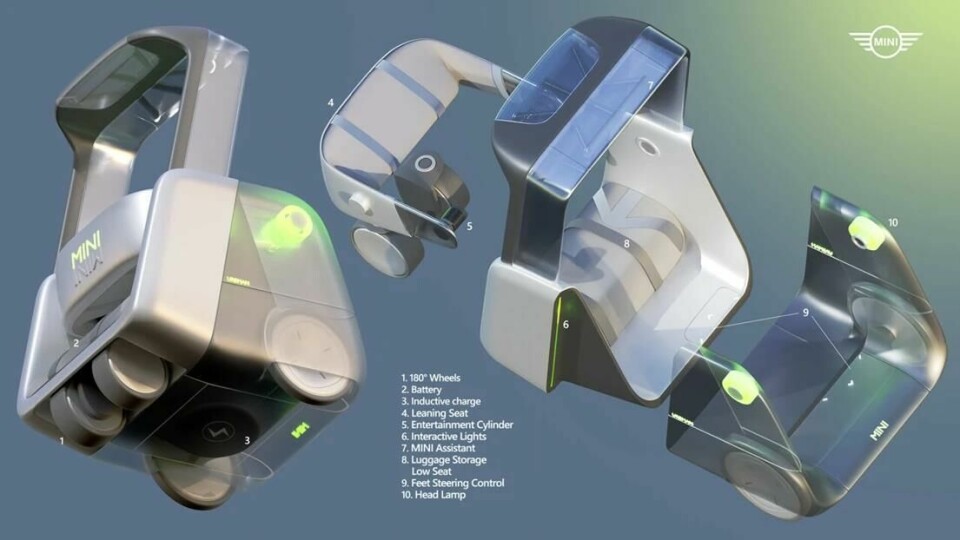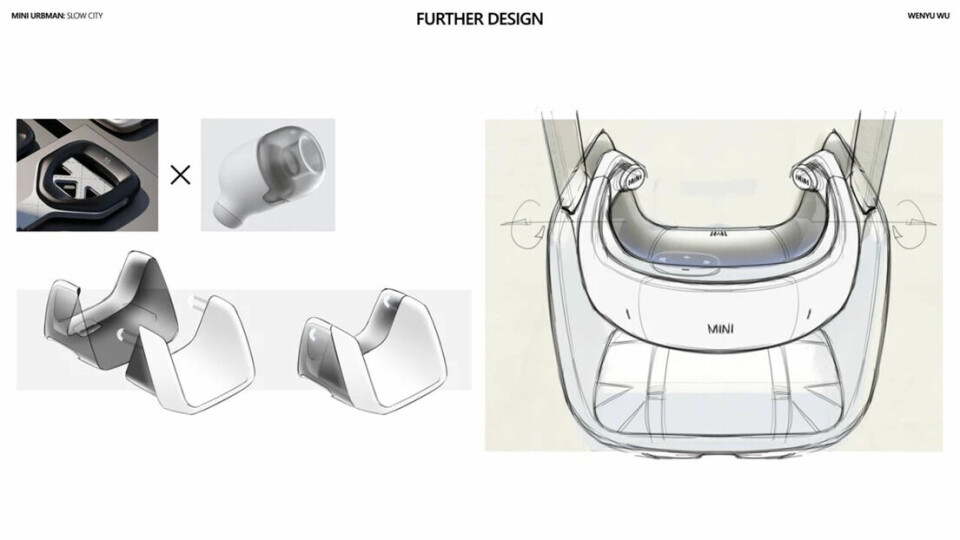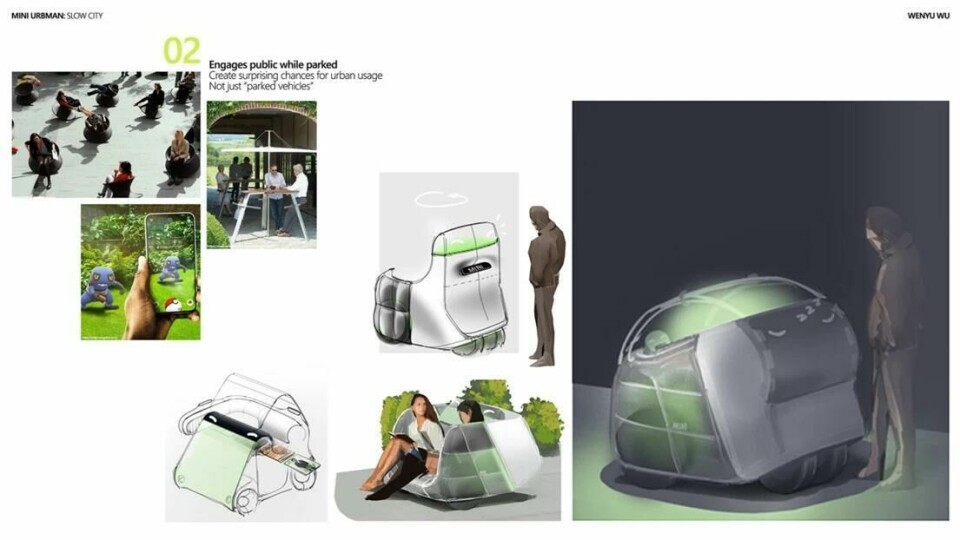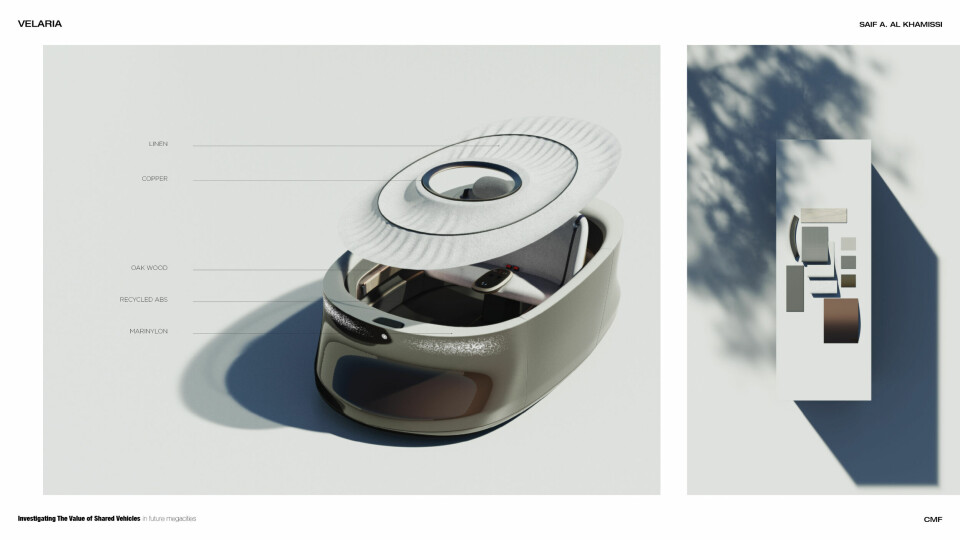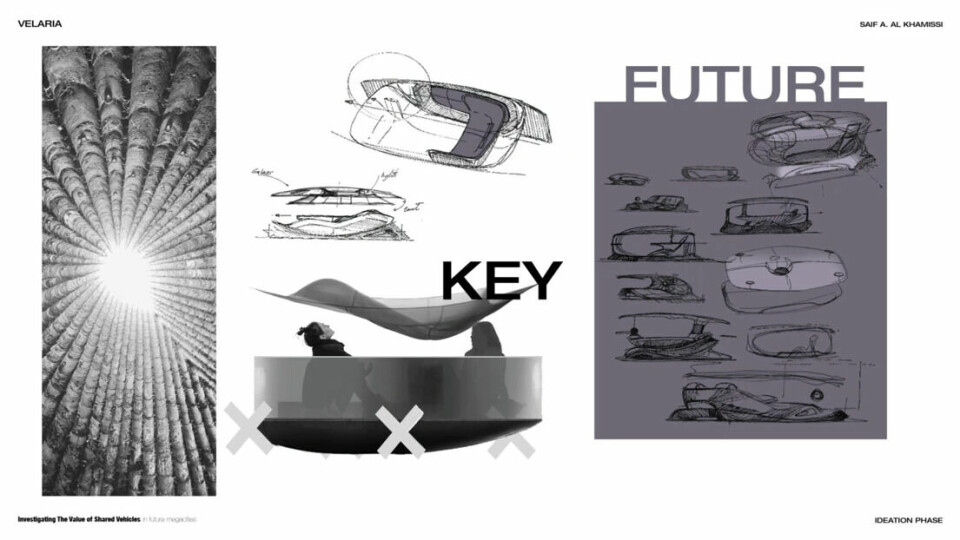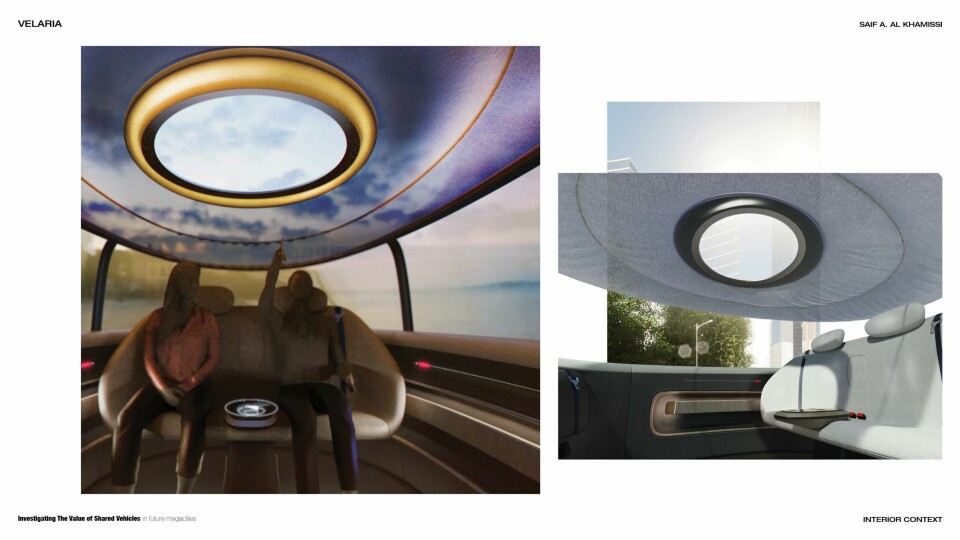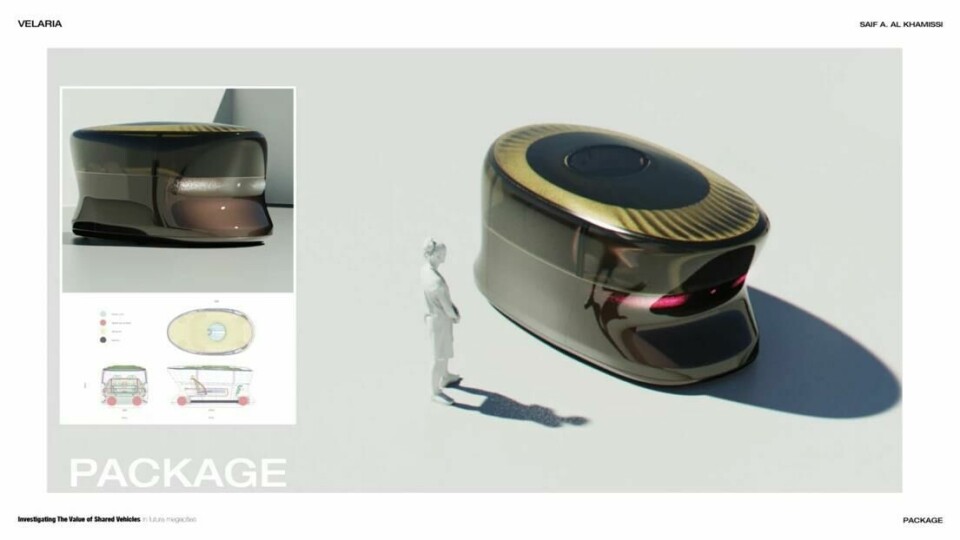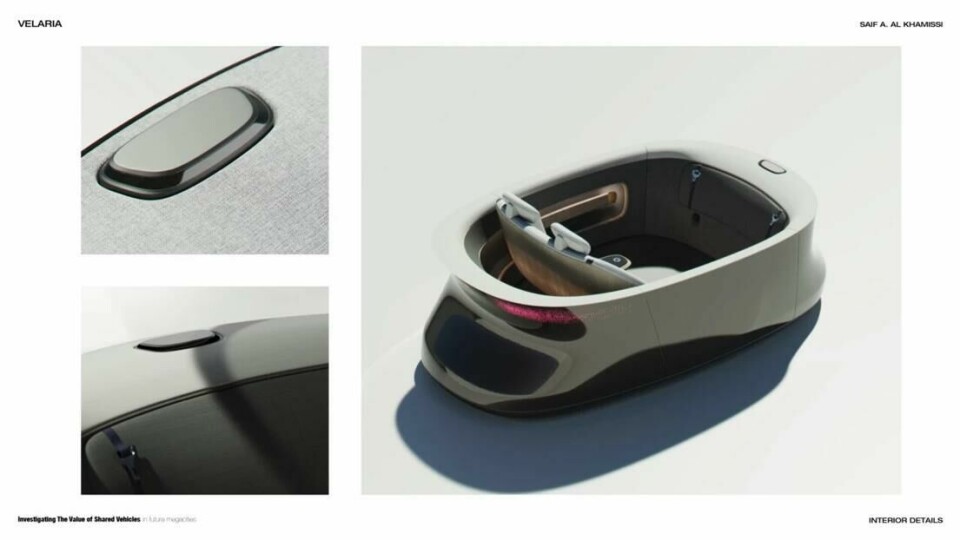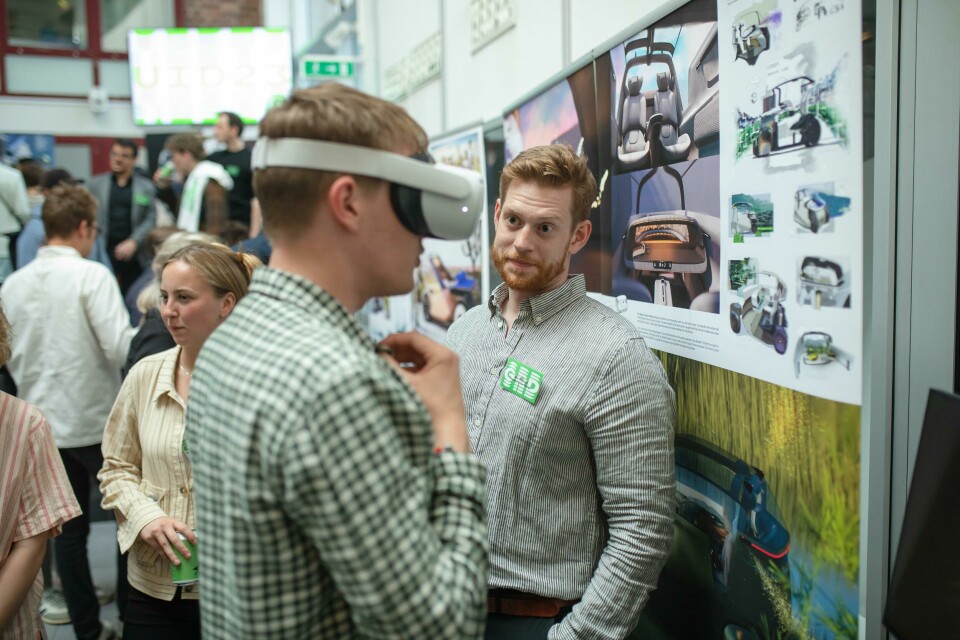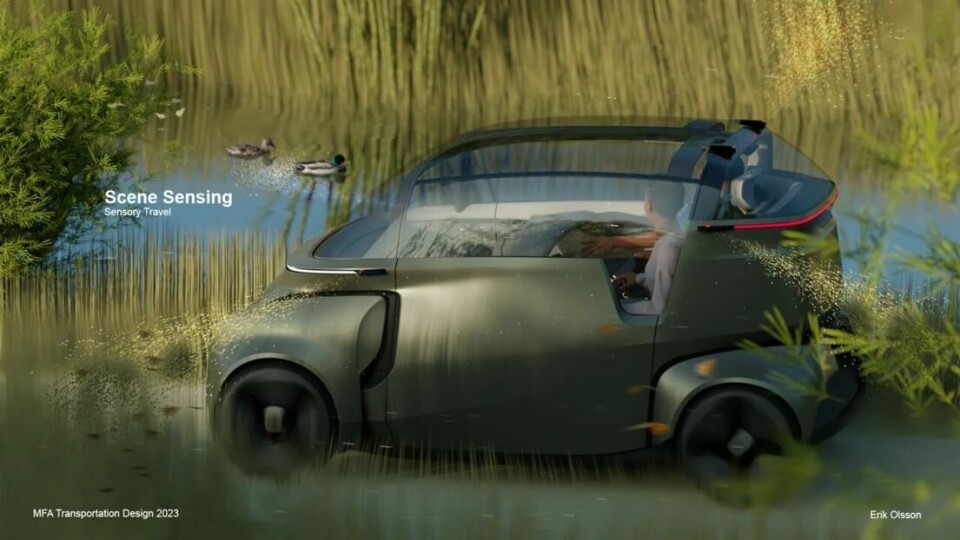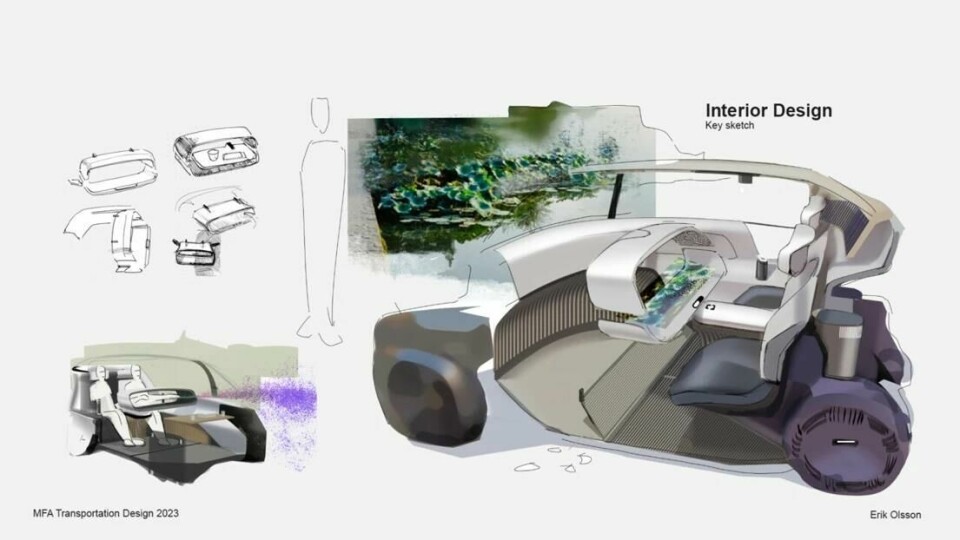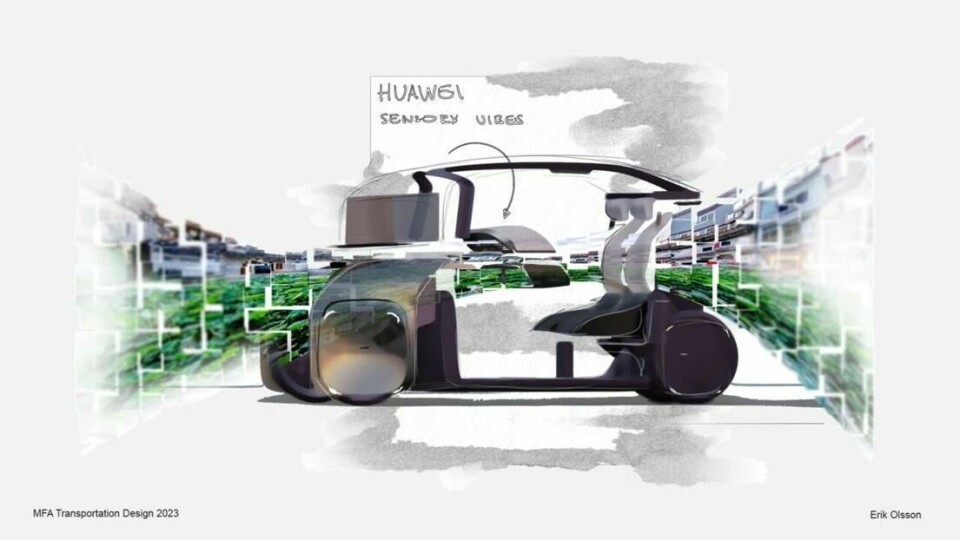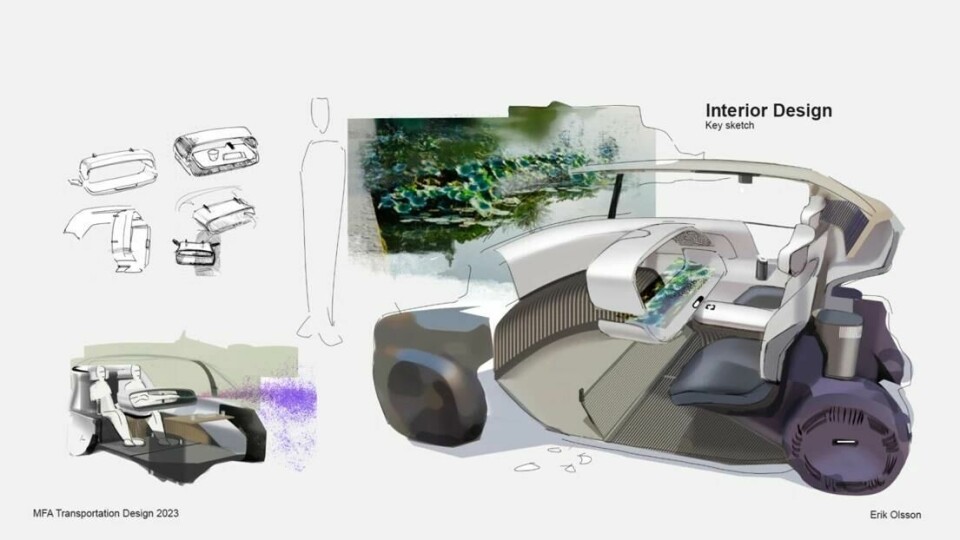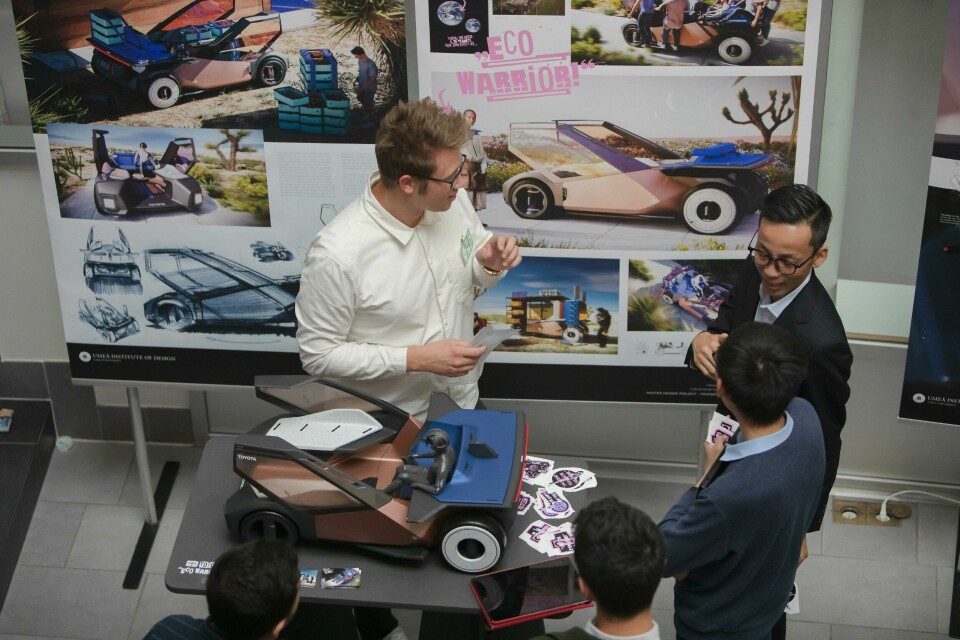
OEM partnerships dominate Umeå grad show
CDN was invited along to this year’s Umeå graduate show to learn more about the school, this year’s courses and what the organisers are looking for from the next generation of designers
The urgency of the Ume river that flows beside the Umeå Institute of Design (UID) feels like a metaphor for how its students approach design. Without getting too philosophical, there is a clear intent and destination. Speaking at the school’s 2023 graduate show this week, one senior lecturer underlined this sentiment, stating that their role is not about endless learning but prototyping and ‘doing’.
Nestled toward the tip of Northern Sweden and in many ways isolated from surrounding areas (the local airport generally flies only to Stockholm), Umeå seems an unlikely spot for one of the world’s top design schools. That’s clearly done nothing to hinder its reputation and today it boasts the luxury of being highly selective with who is accepted; this year’s Transportation Design course counts just eight members. That’s not for a lack of applications, with hundreds coming in from around the world. “Those that do get on the course receive a lot of attention,” says Demian Horst, head of the UID and long-time servant to the school.
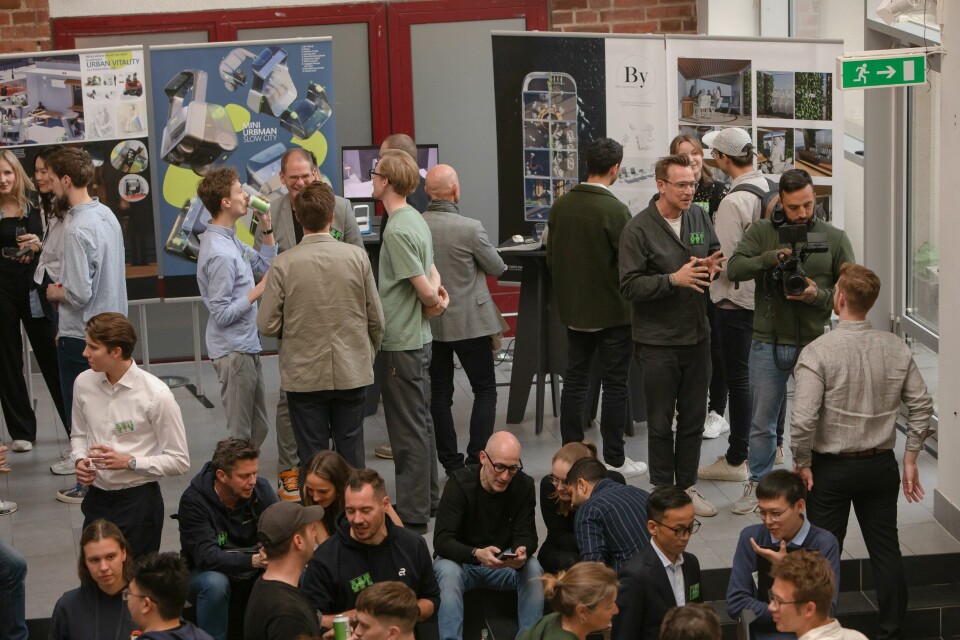
CDN was invited along to this year’s graduate show to learn more about the school, this year’s course and what the organisers expect from the next generation of design talent. In many cases, students were able to enlist major industry partners including the likes of Mini, Nio and Toyota. That household brands are willing to put their name on students’ work is an indication of the kind of quality on show. It certainly attracted a crowd, with some 150 external guests and 120 students on site. “The school effectively doubles in size for this show,” says Horst.
There was no set brief laid out by the course leaders, instead challenging the students to put their own ideas on the table. “They have to formulate the brief for their final project themselves, to prove that they are independent and can identify something that is relevant and explain why,” says Horst. “And as you can see, many of the students get additional support from industry partners too,” adds Alessandro Argenio, who leads the MFA Transportation Design course. “The stories behind these projects often develop from those internships and placements.”
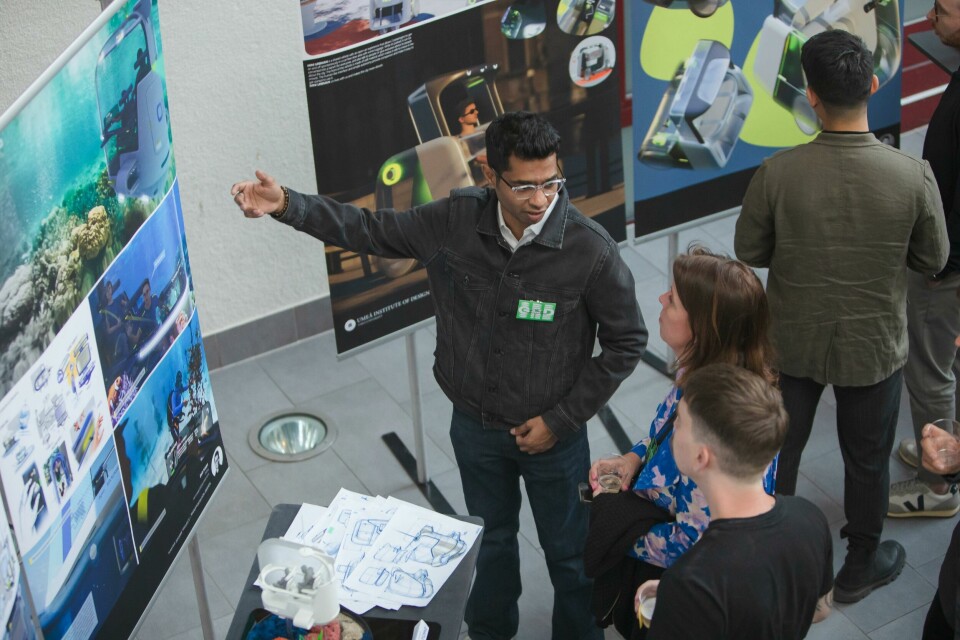
As could be expected, the theme of sustainability ran pretty much throughout but went beyond the reduction of carbon emissions to consider everything from biodiversity and the health of marine life to digital pollution and the physical footprint left by commercial vehicles. Given the awards show was split across several courses — product, user interface and transportation – the ‘car’ theme was hardly dominant, but there were a handful of projects that fell into the broader transportation bucket. There were also projects that focussed on CMF and UX in other industries, but we will not be covering those in this article.
First up, Christoffer Weinreich partnered with Nio for his project, a shared family vehicle that integrates itself within part of the home. A Copenhagen native, Weinreich drew on his personal experience with urbanisation. “When space in the city becomes a bit tight, the car could become a new area in which to expand,” he explains. This small EV called ‘Homi’ (prounced homey) draws its name from Nio’s AI assistant, Nomi, and is equal parts car and living space. “Home is your Homi,” he jokes. His supporting artwork also highlights the focus on interior design, with wooden slats in the living room mirrored in the roofline and elsewhere in the car.
Markus Cramer partnered with Toyota for his project, the Eco Warrior, which is inspired by rural self-sustained village communities. “These are people who have very different mobility needs inside and outside of the village,” Cramer says. Visually, he describes the buggy as “reduced to the max” and explains that the original ideation was much busier; visitors to the exhibition seemed to respect this way of thinking.
The Eco Warrior could be used to transport home-grown fruit and veg between villages, carry heavy goods or to collect friends from around the village, using the front and back seats in an arrangement that flips the traditional “driver at the front” approach. Instead, the steering wheel sits at the back – almost like a hovercraft layout. “I wanted to put empty space to better use,” he told CDN. (Scroll across to see a close-up of the scale model below).
Having worked for a Munich-based design firm, it was only natural for Wenyu Wu to partner with Mini for the Urbman concept (a clear progression of the ‘Paceman’ and ‘Aceman’ naming strategy.) The concept is designed for a “slow city” that takes life a little less seriously and where congested roads are a thing of the past. This micro pod allows the passenger to sit upright and glide around town. When parked, it effectively becomes a park bench until someone else needs a ride. The user interface includes a cute LED face that communicates with pedestrians. The CMF theme is bang on brand and certainly brings new meaning to the word ‘Mini’ in this respect. “This is a completely new type of vehicle,” Wu told Car Design News.
Urbanisation was also on the mind of Saif Al Khamissi, who suggests that shared vehicles can connect people in new ways and re-think social interaction (it is often said that a busy city can feel like the loneliest place in the world, after all.) The centrepiece of his design – called Velaria – is the circular semi-transparent skylight that draws inspiration from the Oculus of the Pantheon in Rome. Khamissi says this creates an ethereal and calming atmosphere that changes the way people communicate. “This skylight in the car celebrates the sky as part of the interior,” he said, “and it reminds us that we are all under the same umbrella in this world.”
Moving in a different direction, Erik Olsson enlisted the help of Huawei for his project, which essentially turns the car into a roaming sensor — but not in the traditional ‘autonomous car’ narrative. The car would instead use ultrasonic feedback to create haptic sensations in the cockpit while driving, paired with 3D graphics to highlight points of interest in the surrounding environment. This might be a flock of birds, for example, or as shown in his presentation, burbling frogs in a nearby pond and even buzzing insects (we’re not quite sold on the latter.) It is an interesting concept that could have some useful applications for those with visual impairments. “Rather than using the car for sight-seeing, it’s about scene sensing,” he told CDN.
Shows like this are always a good way to get a sense of the emerging design trends. These are passionate creatives that are not beholden to the constraints of OEM production lines and in many respects can afford to be a little more pie-in-the-sky.
But the concepts on show from the Umeå students are not unrealistic – as evidenced by the fact that big-name brands are willing to put their name against them. For the students, it also might also mean a job straight out of college or at the very least a sweetener when it comes to finding their first full-time position in car design. A quick word on the production of the event itself, which was well choreographed and kept presentations snappy. A nice touch, too, to include a ‘wall of fame’ situated behind a camera where students and guest speakers could sign their name.
